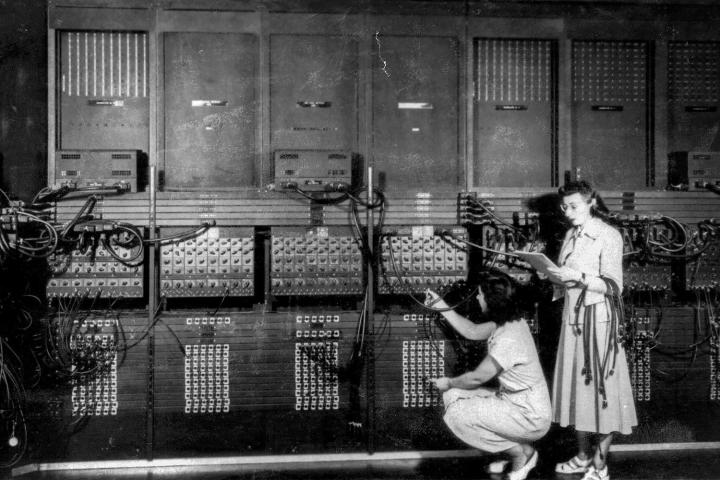
The question comes up time and time again — where are the women(‘s bathrooms), and why isn’t more being done to bring them aboard?
It’s a tired subject — but if you’re tired of hearing about it, imagine having to live it.
Every once in awhile, it seems wise to accept that words aren’t as convincing as pictures. So rather than telling you again why there aren’t enough women in tech and why there need to be more, here’s an infographic from The Next Generation to do the job on my behalf!

It’s a lot of information to digest, to be sure, and certainly difficult to accept. But among the most notable statistics include the fact that:
- Fewer women in 2014 hold computing jobs than they did in 1991, decreasing more than 10 percent (37 percent to 26 percent).
- In the vast majority of the world (if not the whole world), women fail to account for more than 20 percent of tech leadership.
- Even in terms of nontechnical roles at tech companies, men are the majority. In fact, at venerable institutions like Intel, women are only a quarter of the entire employee population.
So what’s going on? And more importantly, what can we do to fix it?
A key part of the discrepancy in tech is, unsurprisingly, the gendered socialization that begins from the moment children are born and is constantly reinforced at home, at school, and across society. Parents tend to steer little girls towards dolls and Easy-Bake Ovens, whereas boys play with remote-controlled cars and Legos. At school, research has shown that female teachers tend to pass on their own anxieties about their STEM capabilities to their female students, and indeed, subconsciously reinforce the ridiculous notion that “boys are good at math and girls are good at reading.” And of course, society at large has come to expect the programmers of the world to be men, by and large accepting brogrammer culture as, well, predictable.
And even for women who do make it into tech or other similar fields, the lack of female leadership and mentorship leads to relatively short tenures in the fields — after all, it’s only natural to prefer to work with those who look like you, or at the very least, seem relatable at a base level.
But why care? Is bringing more women into the workplace just the PC thing to do, or is there an economic method to the “madness?” As it turns out, research has shown that “businesses with a woman on the executive team are more likely to have higher valuations at both first and last funding.” Moreover, The Next Generation’s research shows, Fortune 500 companies with the highest representation of female board directors outperform those with the lowest representation by a staggering 42 percent. Come on guys, it literally pays to hire the gals.
So don’t take it from me — just let the pictures do all the talking. It’s getting pretty loud in here.


